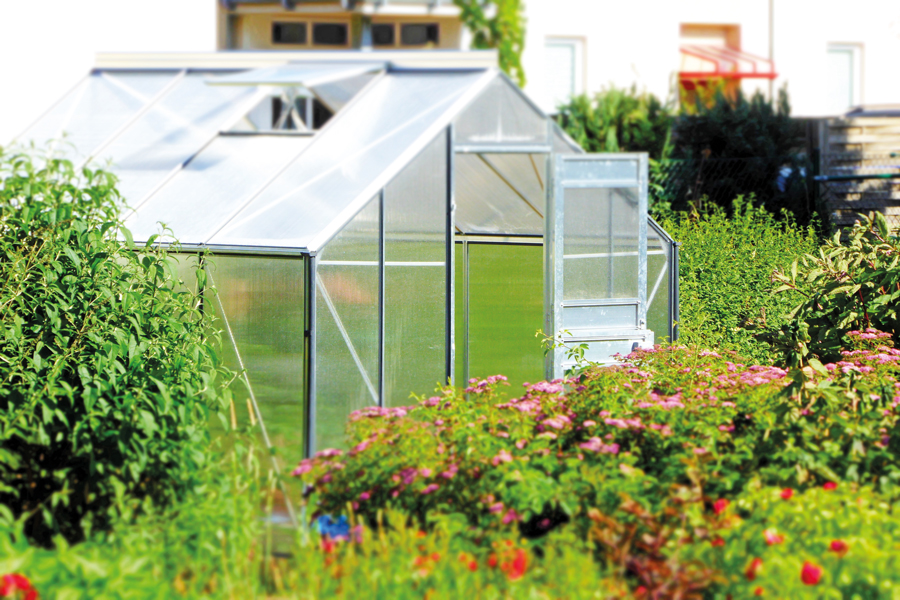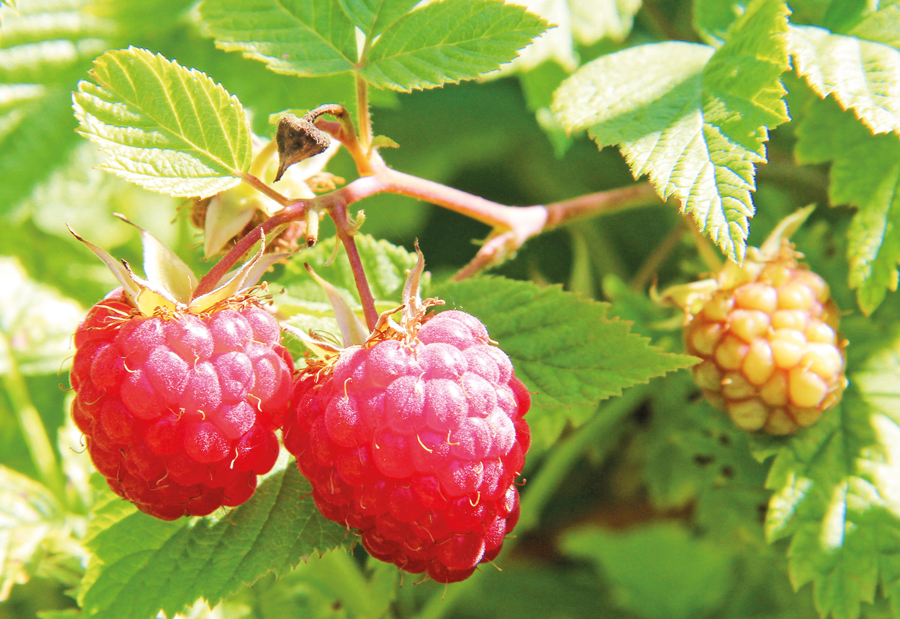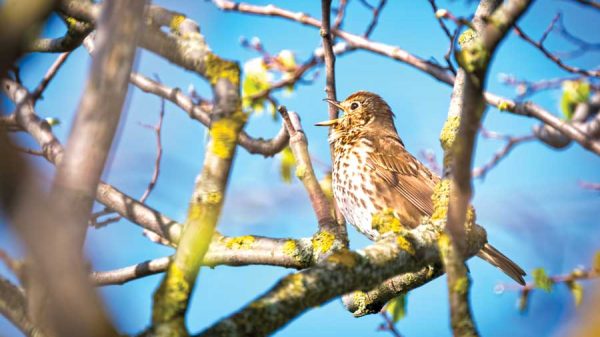Blustery days and mizzly rain are all too frequent during November testing the patience of even the most avid gardener. There is a common belief that we should put the garden to bed in autumn which I think is a little misleading. We may not be rushing around weeding, watering and feeding but there are lots of jobs that need doing. The weather in November is somewhat unpredictable and at times down right uncomfortable but pottering about on the bright calm days does lift my spirits. I like to spend as much time as possible in the garden even if it’s just with a cup of tea wandering around deciding which plants to move and what changes to make.
I am often asked what size greenhouse is best, and my answer is the biggest you can afford or fit into your garden. I have had several greenhouses and within weeks have wished I had gone for a larger one.
It is true that whatever size you buy you will fill it up. In my opinion it is one of the best investments you can make in the garden as it opens up a whole host of opportunities for growing, bringing on and protecting plants.

My greenhouse is full of plants for most of the year and its a juggling act at times to squeeze in the plants I am growing on in spring and the plants I have been overwintering, but I seem to manage. The trickiest thing is choosing the right time to clean and disinfect the inside of the greenhouse, I try to choose a mild day in the early part of November (after bonfire night, because the ash blows everywhere). I strip out all the plants I have had in summer, tomatoes, pot plants and rooted cuttings, then I wash down the whole structure with a greenhouse disinfectant, we used to use Jeyes Fluid but it does smell quite strong and there are newer alternatives on the market. After washing down and rinsing I like to fumigate with a smoke pellet (available at garden centres and nurseries) which kills all the overwintering eggs and insects that I haven’t been able to dislodge, follow the instructions carefully and don’t go into the greenhouse once it starts to fill with smoke. It’s also a good idea to spray any plants you plan to put back in the greenhouse with an insecticide so that you are not introducing more pests. If your greenhouse is not heated and you have some semi tender plants to overwinter it is good practice to install bubble insulation, it’s not that expensive and does make quite a difference. On mild days throughout winter and early spring it is a good idea to open the ventilators throughout the day, this helps reduce the risk of rots and fungal diseases developing.
With our winters becoming increasingly mild our lawns seem to continue growing although very slowly and it may be necessary to cut them once or twice in January and February. Choose a mild dry day and set the mower to a high setting, you only need to cut off about 5mm (1/4 inch), this will hold the grass in check and make the first cut in March much easier.
Throughout autumn and winter keep removing leaves and avoid walking on the lawn in wet or frosty weather. In mild spells you can re-cut the edges where they have become a little uneven or damaged. the resulting bits of lawn edging can be placed on the compost heap. It’s a good idea to have the mower serviced and the blade sharpened, it is best done by a specialist unless you have the equipment and skills to do it yourself.

It’s bare root season when many woody plants, trees shrubs and of course fruit are available to plant in the garden. Bare root plants have been grown in the field and are much cheaper than pot grown plants. This is particularly good if you are just starting your fruit garden, and especially for plants like raspberries, blackcurrants and gooseberries, I think they establish much quicker if they are bought as bare root plants. Preparation and planting is the same as for pot grown plants, make sure the planting hole is large enough to accommodate the root system and plant at the level they were at in the nursery. Gently firm the soil around the roots and water if the soil is dry. I like to mulch around newly planted fruit as this can help insulate the roots and keep them moist. You shouldn’t need to feed your soft fruit until spring growth commences unless your soil is poor in which case add a general fertiliser at planting time.
Next month, There’s still time to take hardwood cuttings, pruning and renovating trees and shrubs, carry out and repair or construction work to paths, fences, walls and structures.
Happy gardening
Martin






